
The federal government ‘sees a long-term future for the oilsands.’ Here’s what you need to know
An internal document obtained by The Narwhal shows how the natural resources minister was briefed...
Cities are on the front lines of climate adaptation. They manage the day-in, day-out impacts of warmer, wetter and more extreme weather.
That’s a big responsibility — and it isn’t cheap — but cities like Winnipeg aren’t exactly known for raking in revenue. While much of the conversation around climate adaptation focuses on what federal and provincial governments are doing, cities also have a role to play. Even on a tight budget, there are plenty of ways they can plan for a more resilient, less polluting future.
Winnipeg — dubbed one of the coldest cities on the planet — elected a new mayor and council Wednesday. Scott Gillingham, the city’s first new leader since 2014, will be in charge of deciding Winnipeg’s climate action policies for the next four years.
Though climate change was not exactly the top issue of the election, with one candidate even saying “I am not a climate cultist” when asked how she would help the city achieve a net-zero future — the mayoral hopefuls each made promises that could help Winnipeg move towards a more sustainable future (if they happen, that is).
Gillingham’s plan for “a greener Winnipeg” promised to inject some urgency into Winnipeg’s existing climate action targets and shore up “capacity and infrastructure” for green services. He’s promised to support the city’s urban forest strategy and speed up tree planting; to bring Winnipeg into the green energy game by developing one megawatt of locally owned, locally used renewable energy generation by 2026; to find funding for building retrofits; and to set a target for electrifying the city’s car fleet. While he maintains Winnipeg will always be a car city, and has plans to widen highways, he’s also committed to adding bike lanes and buses to offer Winnipeggers more transportation choices.
Whether these promises will come to pass remains to be seen — decisions will require the cooperation of the new slate of councillors, too — but the campaign trail saw a series of plans, proposals and promises the new council will need to consider to give Winnipeg a fighting chance at a greener future.
From transit to trees, compost to potholes, here are six ways cities can play a part in developing climate resilience — and some of the ideas Gillingham and others raised during the election campaign.
For many cities, transportation represents the largest source of carbon pollution. No election issue in Winnipeg has garnered as much attention as the battle for better transportation options.
Winnipeg has a serious car culture: 81 per cent of weekday trips are made by personal vehicle and greenhouse gas emissions from transportation make up just over half of Winnipeg’s overall emissions profile. The city’s climate action plan aims to cut vehicle use down to 50 per cent of trips, but addressing a car-dominant culture means making bussing, biking and walking more accessible.
“Transit is one of the most significant tools the next mayor and council can use to reduce greenhouse gas emissions and mitigate the effects of climate change,” Canadian Centre for Policy Alternatives researcher Niall Harney said at a release of the group’s alternative municipal budget in June.
Winnipeg’s transit ridership has been on the decline for decades and fell perilously off the cliff during the COVID-19 pandemic. According to a Winnipeg Free Press-CTV News poll conducted by Probe Research, more than half of respondents think Winnipeg should be spending more on transit infrastructure.
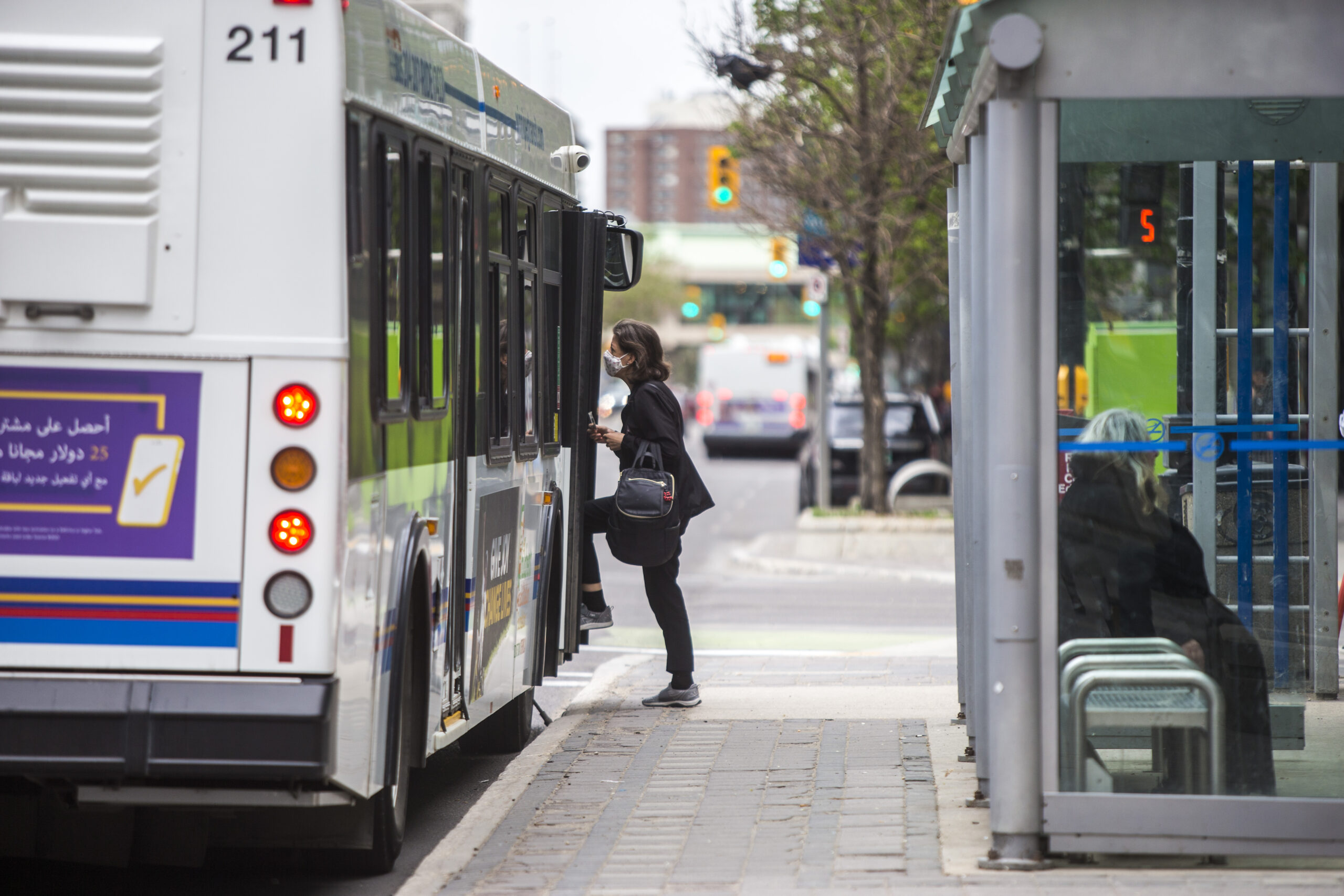
Candidate promises: there were no shortage of promises aimed at making Winnipeg Transit safer, cleaner, more efficient and more electric. Several candidates pledged to fast track the city’s 2021 transit master plan, with an eye for adding rapid transit routes and improving bus frequency; others have promised to add more buses and replace diesel buses with electric ones. Rana Bokhari pledged to begin working on light-rail transit. Idris Adelakun pitched the idea of solar-powered, overhead rail cars.
Several candidates also pledged indirect ways to improve ridership: some suggested increasing police presence and security on buses, and Bokhari and Robert-Falcon Ouellette promised lower fares.
Transit isn’t the only way to get commuters out of their cars — cities are looking to make room for more active transportation and electric vehicle infrastructure to help cut carbon pollution.
Many residents have long advocated for more protected and well-maintained lanes — crucial to making cycling more accessible. The city is aiming for an 800-kilometre active transportation network by 2030, though the city does not currently track the size of its existing network.
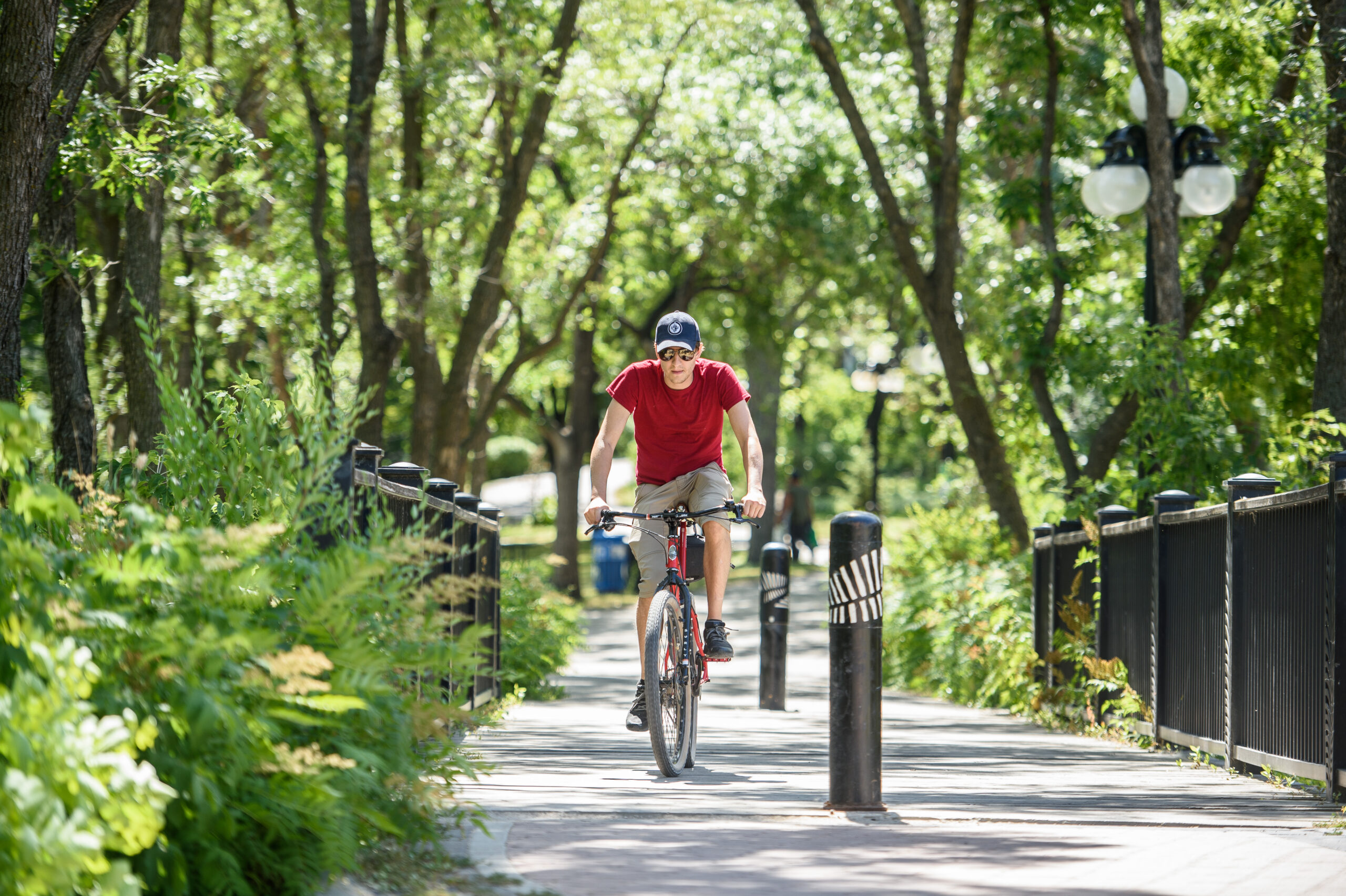
Some mayoral candidates have suggested Winnipeg will never lose its car-dominant culture, and are also looking for ways to make the shift to electric vehicles more appealing as the city works to help make the federal government’s “mandatory” zero-emission vehicle target a reality by 2035.
Candidate promises: Scott Gillingham promised to close gaps in the active-transportation network using frontage levy fees — a kind of property tax — to fund an extra $13 million in such projects over the next three years, and to develop a plan to electrify the municipal car fleet. Bokhari pledged to focus on active and public transportation routes. Rick Shone committed to electrifying Winnipeg’s car fleet and eliminating gas-powered lawn tools. Shaun Loney promised 500 charging stations by the end of the first term and a program to help Winnipeggers secure at-home vehicle chargers. Rick Shone, Idris Adelakun, Kevin Klein and Don Woodstock also made promises to help speed up the transition to electric cars while increasing funding for active transportation.
Trees, parks and greenspace — what some call “natural infrastructure” — are among the strongest (and most cost-effective) tools in a city’s climate adaptation arsenal. Not only do they provide resilience just by existing — but the benefits grow over time, too. The shade, oxygen, carbon reduction, water absorption and riverbank stabilization that trees offer all increase as they get older, as do the heating and cooling savings for homeowners.
The decline of Winnipeg’s urban forest is palpable. The budget for the urban forest has been repeatedly slashed, trees are being cut down — be it for disease mitigation or construction and development — far faster than they’re replanted.
“We have a crisis in our urban forests,” Trees Winnipeg president Gerry Engel said last month.
Winnipeg’s next council will be tasked with voting on a new urban forest strategy, but so far there aren’t clear estimates for how much this plan could cost.
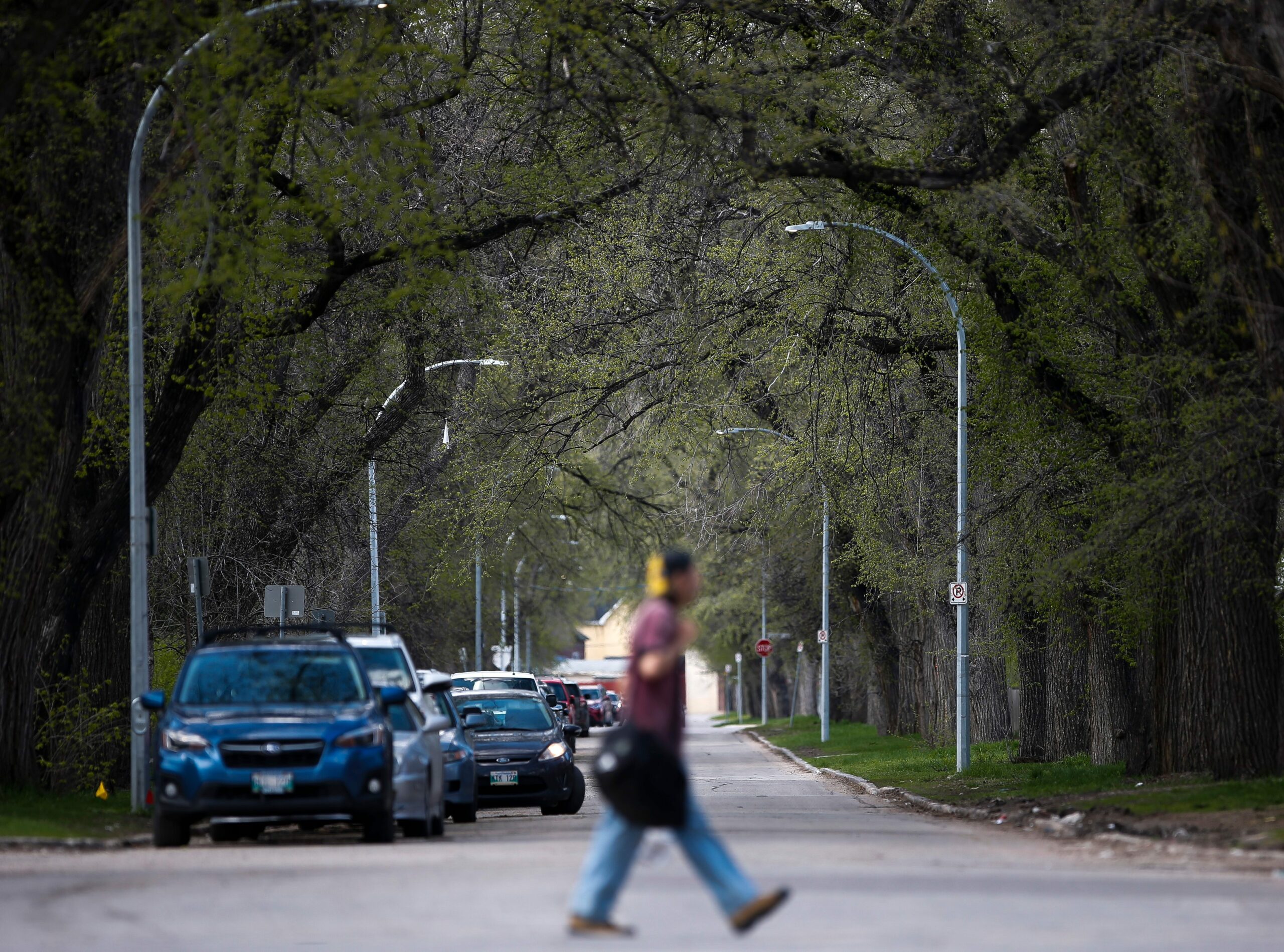
Candidate promises: all of the mayoral candidates signed onto a pledge from the Trees Please coalition, which asks for a commitment to replanting two public trees for every tree lost, bringing the pruning cycle back to the seven-year industry standard and incorporating better tree protection rules for construction projects. Klein also promised to add 1,000 acres of new city greenspace, while Shone promised to encourage more community gardens. Glen Murray proposed a “natural capital budget,” which would scrape money from road projects to be spent on urban forest protection and enhancement. Loney’s platform included a pitch for a “tree trust,” an independent organization that will “work closely with the city” to generate new revenue streams for the urban forest while hiring people who face employment barriers to work at the trust’s goals.
After transportation, the natural gas power used for heating and cooling buildings is Winnipeg’s next-largest greenhouse gas emitter, totalling almost a third of the city’s emissions profile — but the city has shied away from setting a target to curb that pollution. Winnipeg’s climate action plan projects the emissions from buildings will increase to eight per cent over benchmark levels by 2030.
Building codes are set by the provincial government — and Manitoba’s are woefully outdated. According to advocates from Sustainable Building Manitoba, the city’s responsibility is to greenlight the necessary funding for energy audits and commit to transforming energy consumption in the buildings it owns. (The city has a green building policy, but it hasn’t been amended in over a decade.)
The city has already begun exploring the possibility of using geothermal heat pumps to provide heating and cooling control in city-owned ice rinks, but there’s more work to be done.
Candidate promises: it wasn’t a sexy topic for city hall hopefuls, but some candidates made nods to the need for greener building policies at the municipal level.
Bokhari wanted all of the city’s buildings to reach net-zero emissions; Murray wanted to encourage more electric power in residential homes. Loney pledged to introduce geothermal heating loops as a power source for more than 40,000 homes by 2030 and incentivise energy retrofits. Shone wanted to see the city adopt Leadership in Energy and Environmental Design (LEED) energy standards in all municipal buildings; Gillingham proposed transforming the agency that manages the city’s properties into a “green properties and green power” agency that would both produce local, renewable energy and retrofit existing buildings.
Infrastructure across the country is at risk, as hotter, wetter weather threatens to cause ongoing damage to pavement from coast-to-coast. While roads have been a hot topic in Winnipeg for years, the next council will need robust plans to prepare the city’s critical infrastructure for the more intense climate of the future.
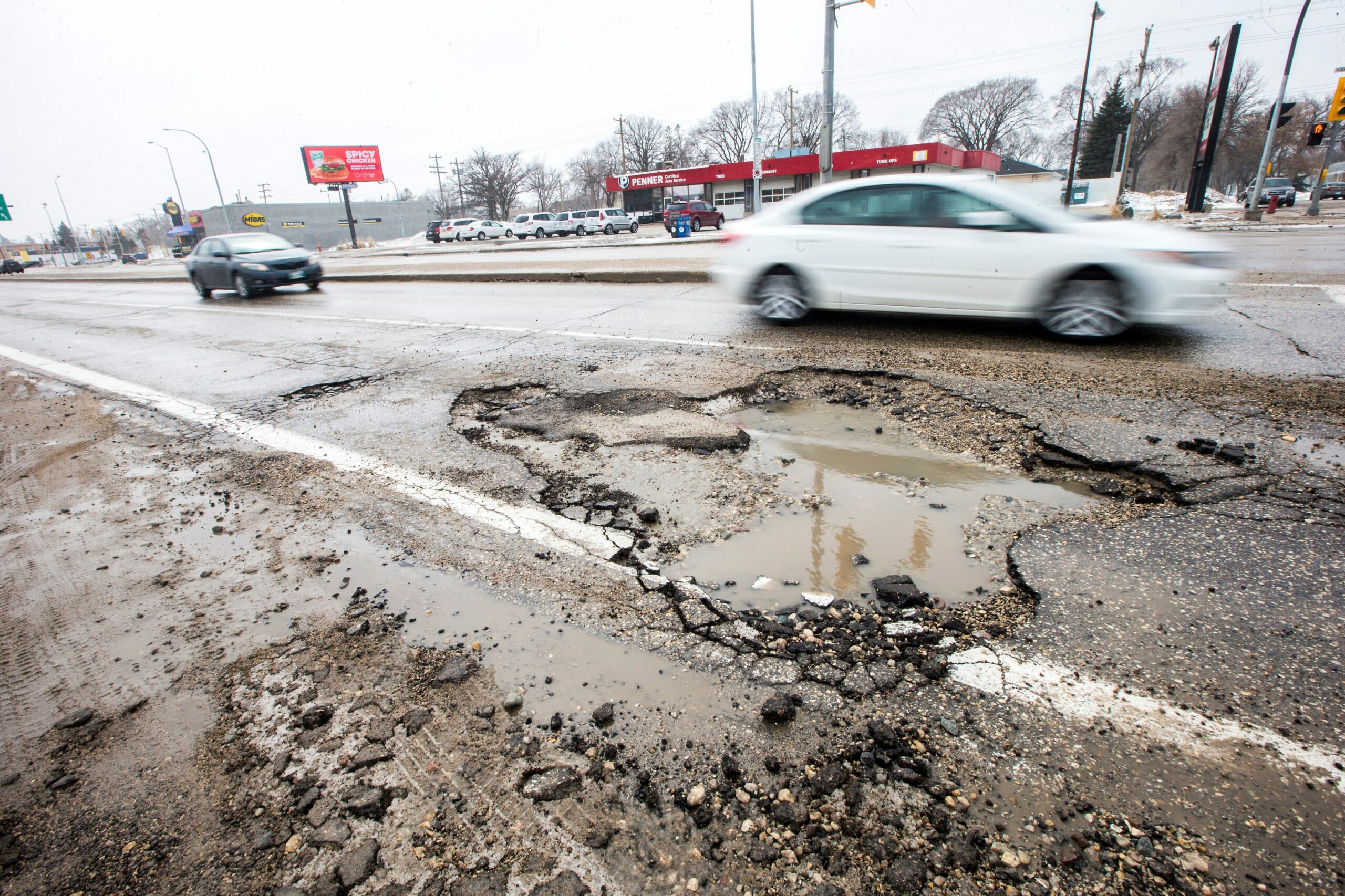
Road design is evolving: City of Winnipeg engineers are testing new materials and pavement compositions they hope will be able to withstand more freeze-thaw cycles and more extreme heat, but it’s an expensive undertaking for a cash-strapped municipal government.
And while nearly all candidates have identified infrastructure — particularly road construction and pothole filling — as a policy priority, few have addressed the need for climate-focused solutions.
Candidate promises: there were no shortage of promises geared towards inflating the city’s road budget and speeding up work to restore Winnipeg’s damaged roads; some candidates promised to move forward with road-widening efforts (like Gillingham’s pledge to widen Kenaston Boulevard), others, like Jenny Motkaluk and Loney, promised to fix existing roads before spending money on new ones. Motkaluk also promised to look to jurisdictions with similar climates to Winnipeg to develop better road design. Loney committed to working with the provincial government to improve funding for road work in order to better protect the pavement in the long term.
Organic waste like food scraps and yard waste make up between 40 and 60 per cent of the junk in Winnipeg’s landfill.
Tied off in plastic bags without oxygen, those materials break down and release methane — a greenhouse gas with 25 times the polluting power of carbon dioxide. How garbage is sorted, collected and left to decompose is a system entirely in the city’s control, but for years Winnipeg has merely toyed with the idea of compost collection, often arguing a green bin program would be too costly for residents.
Experts agree a compost service can help improve waste diversion rates, which could in turn help rein in the Brady Landfill’s status as Winnipeg’s second-largest single source of pollution.
“It’s not waste,” Susan Antler, executive director of the Toronto-based Compost Council of Canada, said in June. “It is a valuable resource that has to be put to good use.”
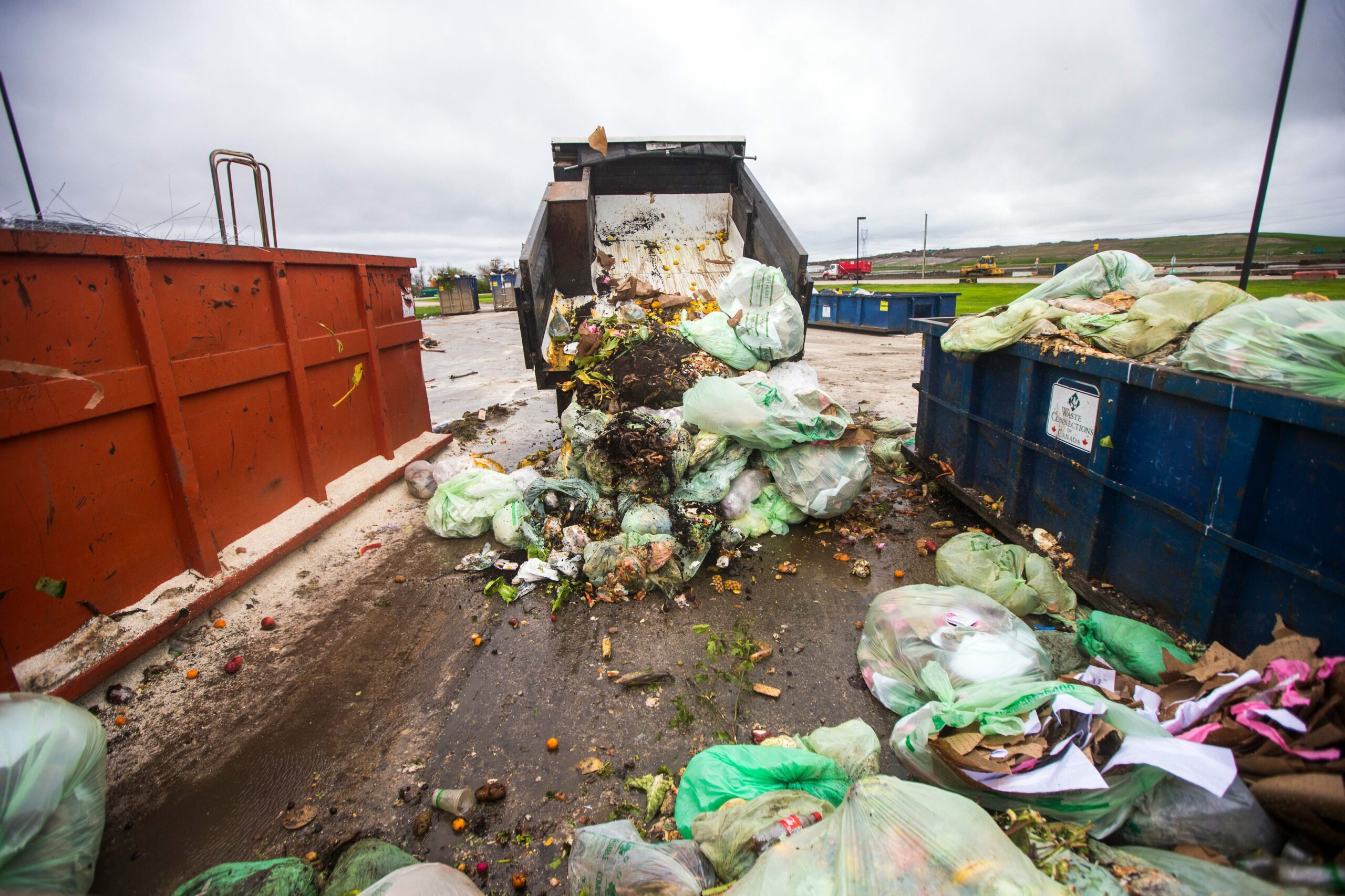
The city began a composting pilot program in fall 2020, which wrapped up this fall, but the incoming council will ultimately decide the future of garbage collection.
The trial compost service has been a smashing success, with 99 per cent of residents satisfied with the city’s proposed system, according to a city survey. All that’s standing in the way is budget allocation.
Candidate promises: Adelakun, Klein, Loney, Chris Clacio and Shone all promised they’d get compost infrastructure up and running. Gillingham stated he’d like to see analysis from the existing trial program before committing. Murray wanted to see a zero-waste future for Winnipeg, but didn’t talk about compost. Bohkari, Motkaluk, Ouellette and Woodstock did not made any campaign promises on a compost program.
Updated on Oct. 26, 2022, at 10:15 a.m. CT: This story was updated to correct the statement that Scott Gillingham promised to electrify the municipal car fleet by 2023. By the end of 2023, he has pledged to set a target date for the electrification of the municipal car fleet.
Updated on Oct. 27, 2022, at 10:15 a.m. CT: This story was updated to reflect the results of the 2022 Winnipeg municipal election.
Get the inside scoop on The Narwhal’s environment and climate reporting by signing up for our free newsletter. On March 17, federal Conservative Leader Pierre Poilievre...
Continue reading
An internal document obtained by The Narwhal shows how the natural resources minister was briefed...

Notes made by regulator officers during thousands of inspections that were marked in compliance with...

Racing against time, dwindling habitat and warming waters, scientists are trying to give this little-known...
